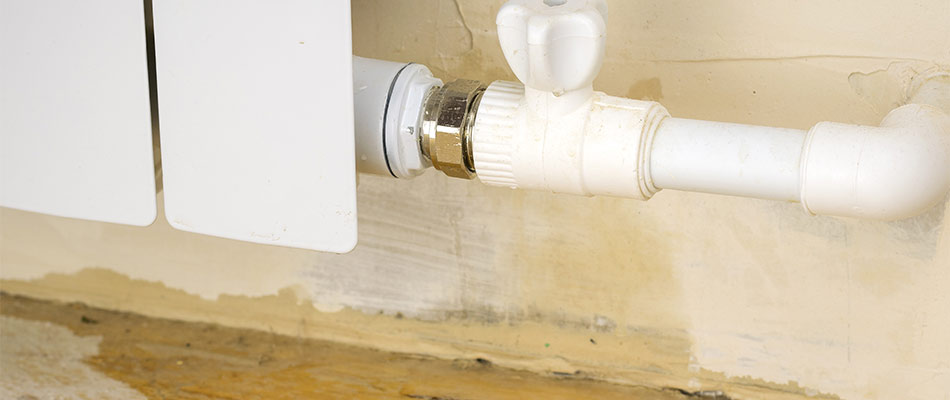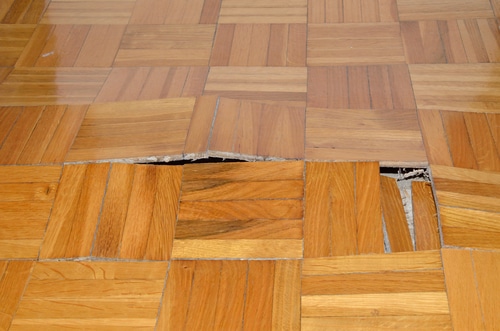The author is making several good pointers on Locating water leaks as a whole in this article underneath.

Early discovery of dripping water lines can minimize a possible disaster. Some small water leakages might not be visible.
1. Check Out the Water Meter
Every home has a water meter. Checking it is a proven manner in which helps you discover leakages. For beginners, turn off all the water sources. Make certain no one will purge, make use of the tap, shower, run the cleaning equipment or dishwasher. From there, go to the meter and watch if it will alter. Considering that nobody is using it, there ought to be no movements. If it moves, that indicates a fast-moving leakage. If you spot no changes, wait a hr or two and also inspect back again. This indicates you may have a slow-moving leakage that might also be underground.
2. Inspect Water Usage
Evaluate your water expenses as well as track your water consumption. As the one paying it, you must discover if there are any kind of disparities. If you find sudden changes, despite your usage coinciding, it means that you have leakages in your plumbing system. Bear in mind, your water bill need to fall under the exact same array each month. A sudden spike in your expense indicates a fast-moving leakage.
A constant rise every month, also with the very same behaviors, reveals you have a sluggish leak that's also slowly rising. Call a plumber to extensively examine your residential or commercial property, especially if you really feel a cozy location on your floor with piping below.
3. Do a Food Coloring Examination
When it comes to water intake, 30% comes from toilets. If the shade somehow infiltrates your bowl throughout that time without flushing, there's a leakage in between the tank as well as dish.
4. Asses Outside Lines
Don't fail to remember to inspect your exterior water lines as well. Examination faucets by attaching a garden hose pipe. Needs to water permeate out of the connection, you have a loose rubber gasket. Change this and make sure all links are tight. It will certainly assist get it skillfully took a look at and preserved every year if you have actually got a sprinkler system. One small leakage can throw away lots of water and also increase your water expense.
5. Inspect and also Examine the Circumstance
Homeowners ought to make it a practice to check under the sink counters and also even inside closets for any type of bad odor or mold and mildew growth. These two red flags suggest a leakage so punctual attention is required. Doing routine assessments, also bi-annually, can conserve you from a significant trouble.
More notably, if you recognize your residence is currently old, maintain a watchful eye on your heating systems, tubes, pipelines and so on. Look for discolorations and also damaging as a lot of appliances and also pipelines have a life span. They will certainly likewise naturally wear away as a result of tear and put on. Don't wait for it to rise if you think dripping water lines in your plumbing system. Call an expert plumber right now so you do not wind up with an awful mess in your house.
Early detection of leaking water lines can mitigate a potential catastrophe. Some tiny water leaks might not be noticeable. Examining it is a surefire way that helps you uncover leakages. One little leakage can throw away bunches of water and also increase your water costs.
If you presume dripping water lines in your plumbing system, don't wait for it to escalate.
WARNING SIGNS OF WATER LEAKAGE BEHIND THE WALL
PERSISTENT MUSTY ODORS
As water slowly drips from a leaky pipe inside the wall, flooring and sheetrock stay damp and develop an odor similar to wet cardboard. It generates a musty smell that can help you find hidden leaks.
MOLD IN UNUSUAL AREAS
Mold usually grows in wet areas like kitchens, baths and laundry rooms. If you spot the stuff on walls or baseboards in other rooms of the house, it’s a good indicator of undetected water leaks.
STAINS THAT GROW
When mold thrives around a leaky pipe, it sometimes takes hold on the inside surface of the affected wall. A growing stain on otherwise clean sheetrock is often your sign of a hidden plumbing problem.
PEELING OR BUBBLING WALLPAPER / PAINT
This clue is easy to miss in rooms that don’t get much use. When you see wallpaper separating along seams or paint bubbling or flaking off the wall, blame sheetrock that stays wet because of an undetected leak.
BUCKLED CEILINGS AND STAINED FLOORS
If ceilings or floors in bathrooms, kitchens or laundry areas develop structural problems, don’t rule out constant damp inside the walls. Wet sheetrock can affect adjacent framing, flooring and ceilings.
https://www.servicemasterbyzaba.com/blog/how-to-detect-water-leakage-in-walls/

I hope you enjoyed our post about Finding hidden leaks. Thanks for spending some time to read through our blog. Sharing is good. One never knows, you might be doing someone a favor. I take joy in reading our article about Hacks to detect leaks.